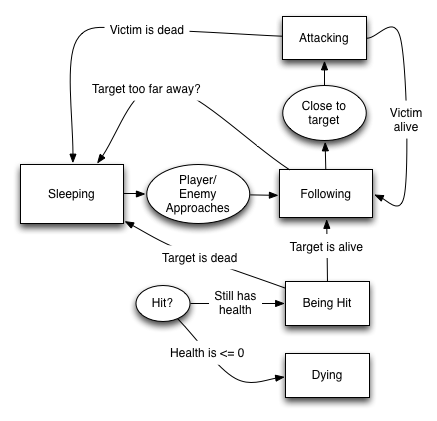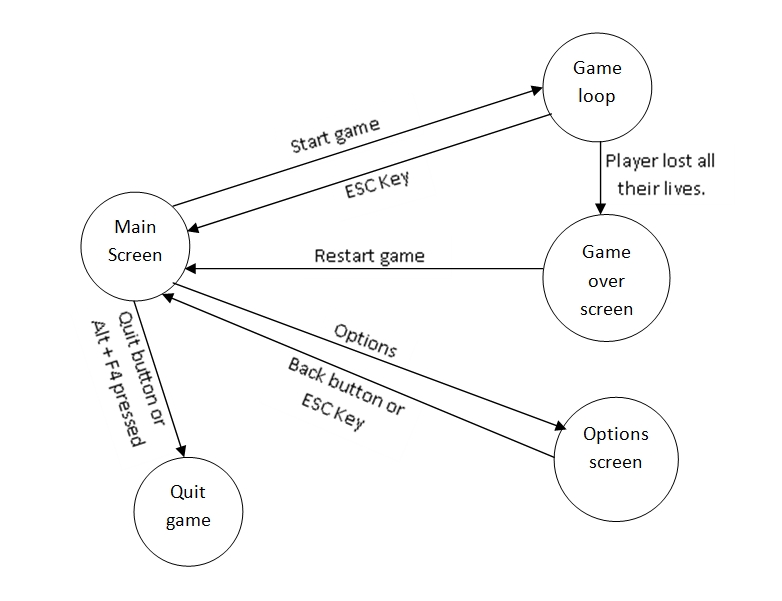Randy Pausch’s Tips for working successfully in a group
http://www.cs.cmu.edu/~pausch/Randy/tipoForGroups.html
Tips for Working Successfully in a Group
By Randy Pausch, for the Building Virtual Worlds course at Carnegie Mellon, Spring 1998
Meet people properly. It all starts with the introduction. Then, exchange contact information, and make sure you know how to pronounce everyone’s names. Exchange phone #s, and find out what hours are acceptable to call during.
Find things you have in common. You can almost always find something in common with another person, and starting from that baseline, it’s much easier to then address issues where you have differences. This is why cities like professional sports teams, which are socially galvanizing forces that cut across boundaries of race and wealth. If nothing else, you probably have in common things like the weather.
Make meeting conditions good. Have a large surface to write on, make sure the room is quiet and warm enough, and that there aren’t lots of distractions. Make sure no one is hungry, cold, or tired. Meet over a meal if you can; food softens a meeting. That’s why they “do lunch” in Hollywood.
Let everyone talk. Even if you think what they’re saying is stupid. Cutting someone off is rude, and not worth whatever small time gain you might make. Don’t finish someone’s sentences for him or her; they can do it for themselves. And remember: talking louder or faster doesn’t make your idea any better.
Check your egos at the door. When you discuss ideas, immediately label them and write them down. The labels should be descriptive of the idea, not the originator: “the troll bridge story,” not “Jane’s story.”
Praise each other. Find something nice to say, even if it’s a stretch. Even the worst of ideas has a silver lining inside it, if you just look hard enough. Focus on the good, praise it, and then raise any objections or concerns you have about the rest of it.
Put it in writing. Always write down who is responsible for what, by when. Be concrete. Arrange meetings by email, and establish accountability. Never assume that someone’s roommate will deliver a phone message. Also, remember that “politics is when you have more than 2 people” – with that in mind, always CC (carbon copy) any piece of email within the group, or to me, to all members of the group. This rule should never be violated; don’t try to guess what your group mates might or might not want to hear about.
Be open and honest. Talk with your group members if there’s a problem, and talk with me if you think you need help. The whole point of this course is that it’s tough to work across cultures. If we all go into it knowing that’s an issue, we should be comfortable discussing problems when they arise — after all, that’s what this course is really about. Be forgiving when people make mistakes, but don’t be afraid to raise the issues when they come up,
Avoid conflict at all costs. When stress occurs and tempers flare, take a short break. Clear your heads, apologize, and take another stab at it. Apologize for upsetting your peers, even if you think someone else was primarily at fault; the goal is to work together, not start a legal battle over whose transgressions were worse. It takes two to have an argument, so be the peacemaker.
Phrase alternatives as questions. Instead of “I think we should do A, not B,” try “What if we did A, instead of B?” That allows people to offer comments, rather than defend one choice.



